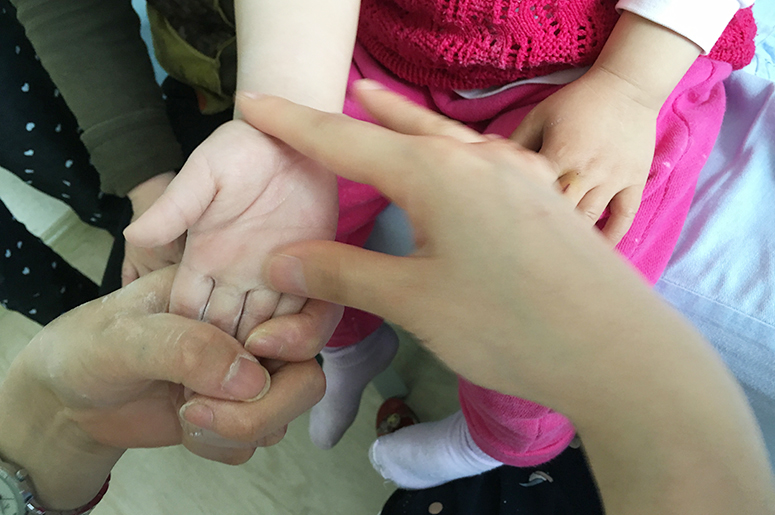HOLISTIC SUPPLY.
In our group practice, Dr. med. Florian Berz, M. Sc. (Master of Science in TCM at the Technical University of Munich), treatments with traditional Chinese medicine, in short TCM.
TCM is the ancient medicine of experience in China, which is increasingly used in the West.
In order to qualitatively assess the current symptoms of a patient, the norm conventions of yin and yang derived from the observation of the macrocosm were transferred to the microcosm of humans in ancient China, as well as the 5 phases of transformation. The polarity of yin (materially material, structural) and yang (energetic intangible, active) is a crucial basic idea of Chinese thought and can analogously be applied to almost all phenomena of the entire cosmos. The sequence of the 5 conversion phases corresponds to the time change of yin and yang in the course of the day or the year.
The TCM thus detects mood disorders, such as Fever, pain, cough, thirst, in their quality and the examiner can get an accurate picture of the current condition of the patient.
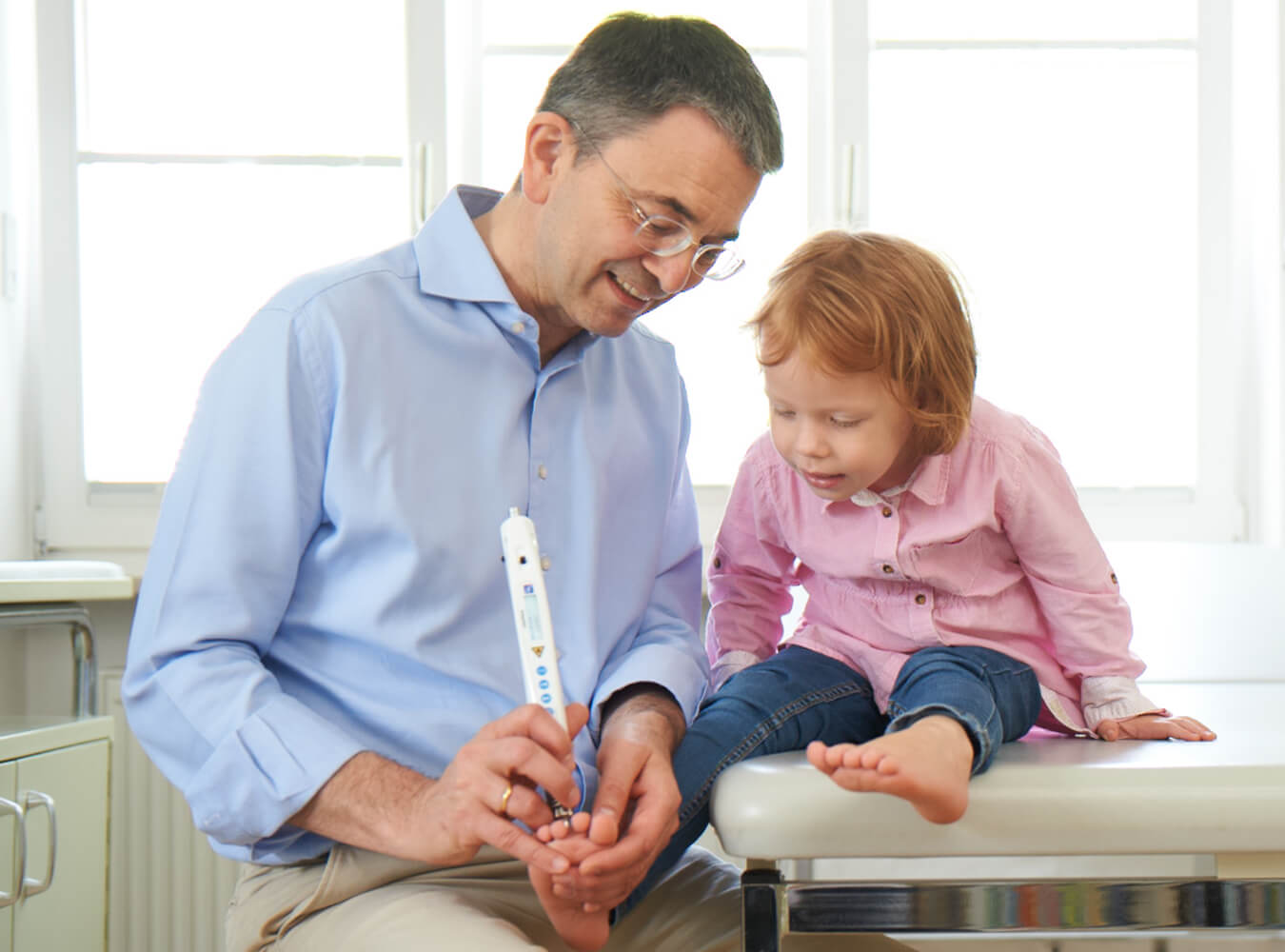
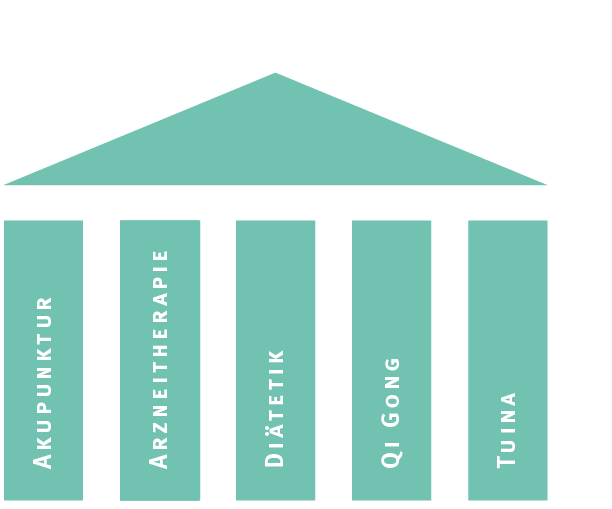
The TCM is based on 5 therapy pillars:
- AcupunctureChinese
- Drug therapy
- Tuina (Chinese manual therapy)
- Qigong and Taiji (exercise therapies)
- Dietetics (nutritional advice and life-care recommendations)
TCM can be used very effectively for both chronic and acute illnesses. This applies in particular to respiratory diseases, allergies, gastrointestinal complaints and painful conditions.
Dr. Berz offers TCM for both children and adults.
Acupuncture
The first written references to acupuncture (lat .: acus – needle, pungere – stab) with descriptions of routes and individual points go back to the early Han period (206 BC – 220 AD).
Hundreds of years ago, the ancient Chinese described two basic assumptions on which acupuncture therapy is based.
On the one hand, the postulate of the interconnections was established, a path system through which the energetic potentials Qi and Xue are distributed in the body.
Secondly, points were described on which the energy flow in the interconnects can be influenced in a special way. As a rule, these can be palpated on the skin surface in slight depressions and are not uncommonly also sites with increased pressure pain.
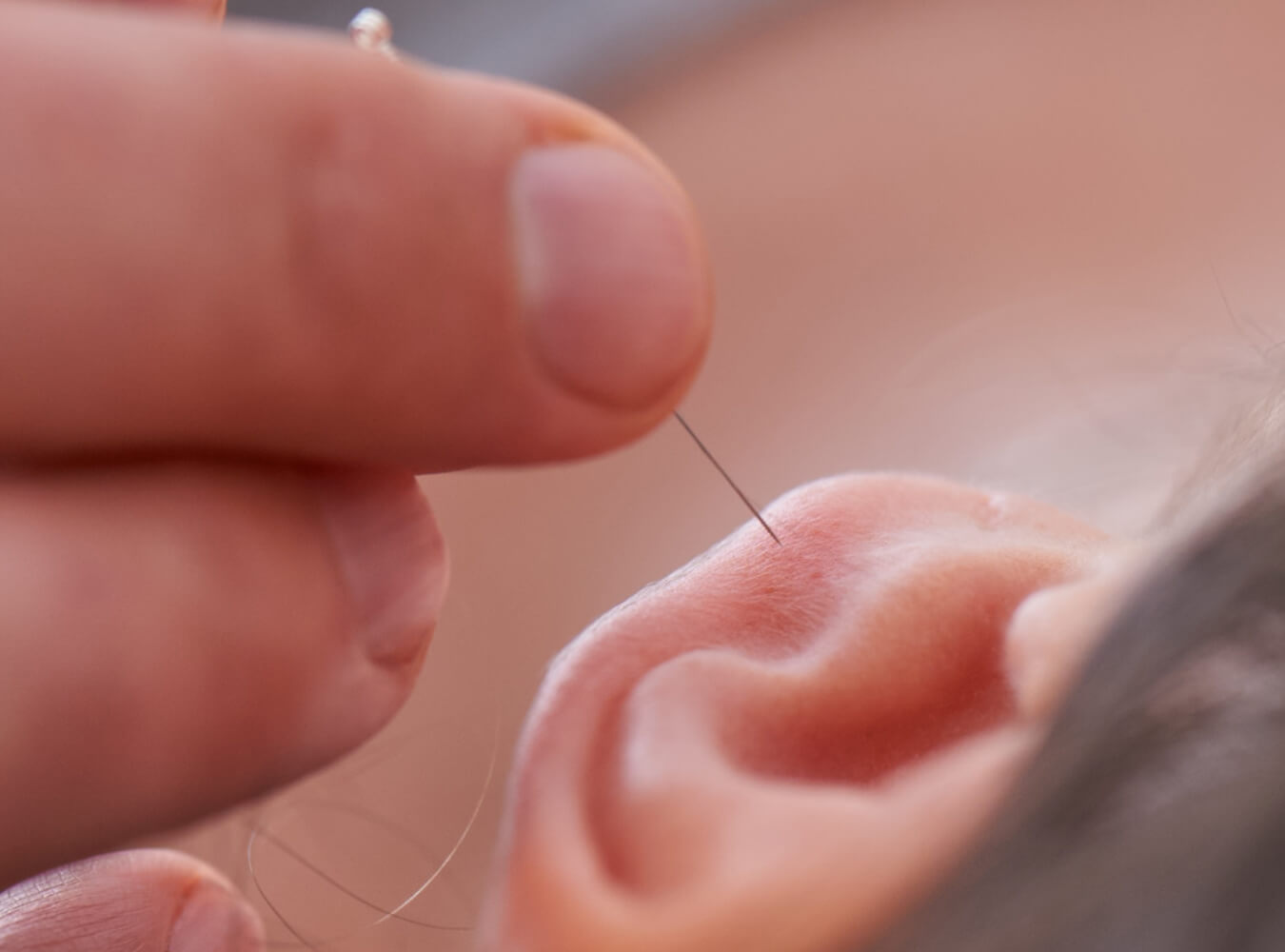
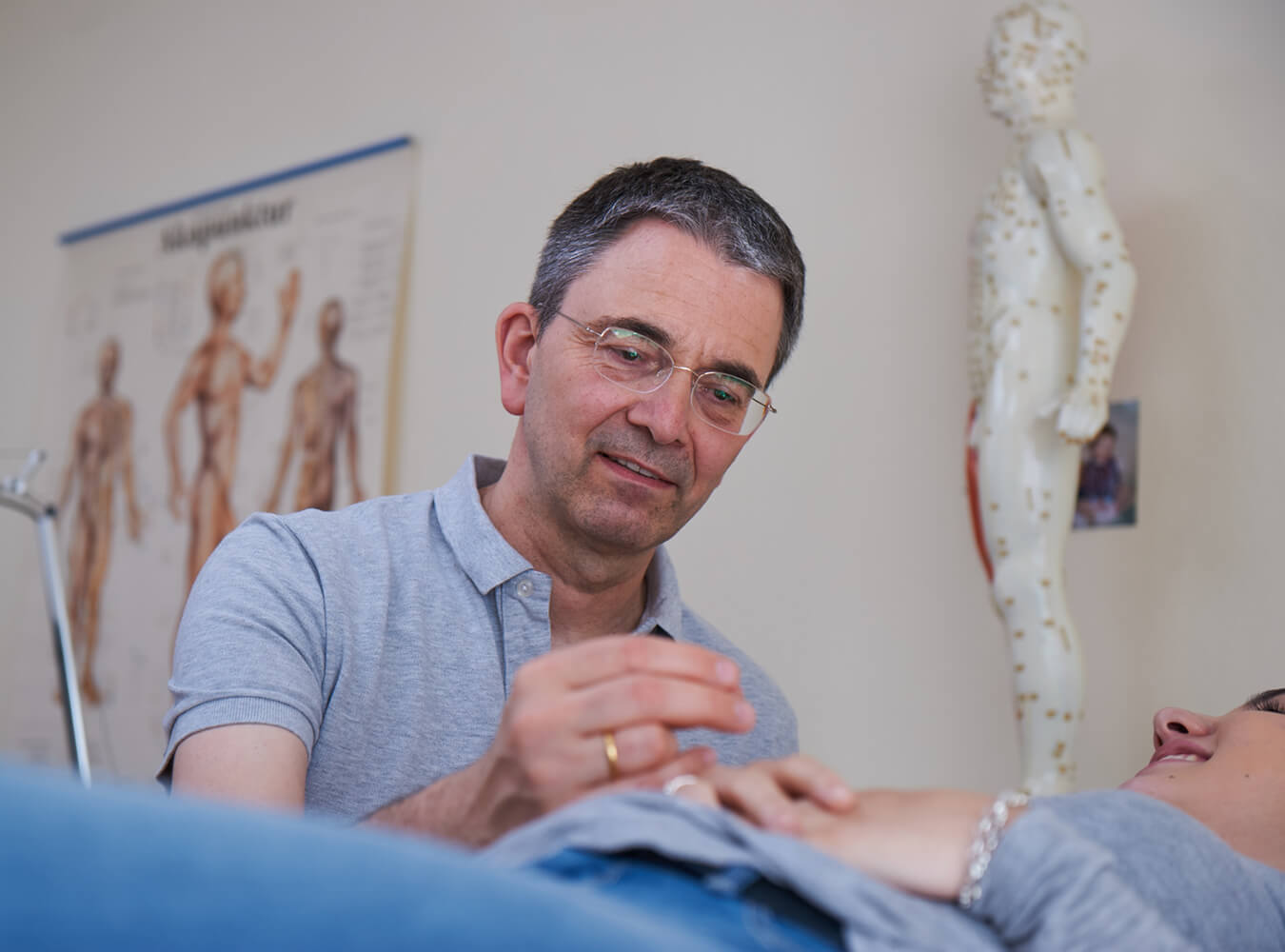
In acupuncture, the flow of energy in the body is regulated by stimulation with a thin needle. For example, energy deficiencies can be supported or blockages can be resolved.
The acupuncture can be done in children with very thin needles, but also with laser light, small permanent needles and by point massage.
Drug therapy
The drugs of TCM consist mainly of plant components, supplemented by mineral and a few animal substances, which, however, come only in the context of the Washington Convention on the Protection of Animals.
The first drug product descriptions in China are more than 2,000 years old and have been supplemented and refined over the centuries. In the 16th century, Li Shizhen, with his “Systematic Drug Science” (Bencao gangmu), created a basic book of Chinese medicine with more than 2000 categorized medicines. To date, the pharmacopoeia of TCM is undergoing more and more supplements.
The qualitative description of the individual substances takes place after their temperature (cold – cool – neutral – warm – hot), the flavor (salty – bitter – sour – sweet – spicy), the functional circle reference (liver – heart – spleen – lung – kidney) and quite decisively after the clinically observed effect.
In addition to the classic tea boiling (decoction), child-friendly drop solutions and concentrates, granules and ready-made medicines are also used.
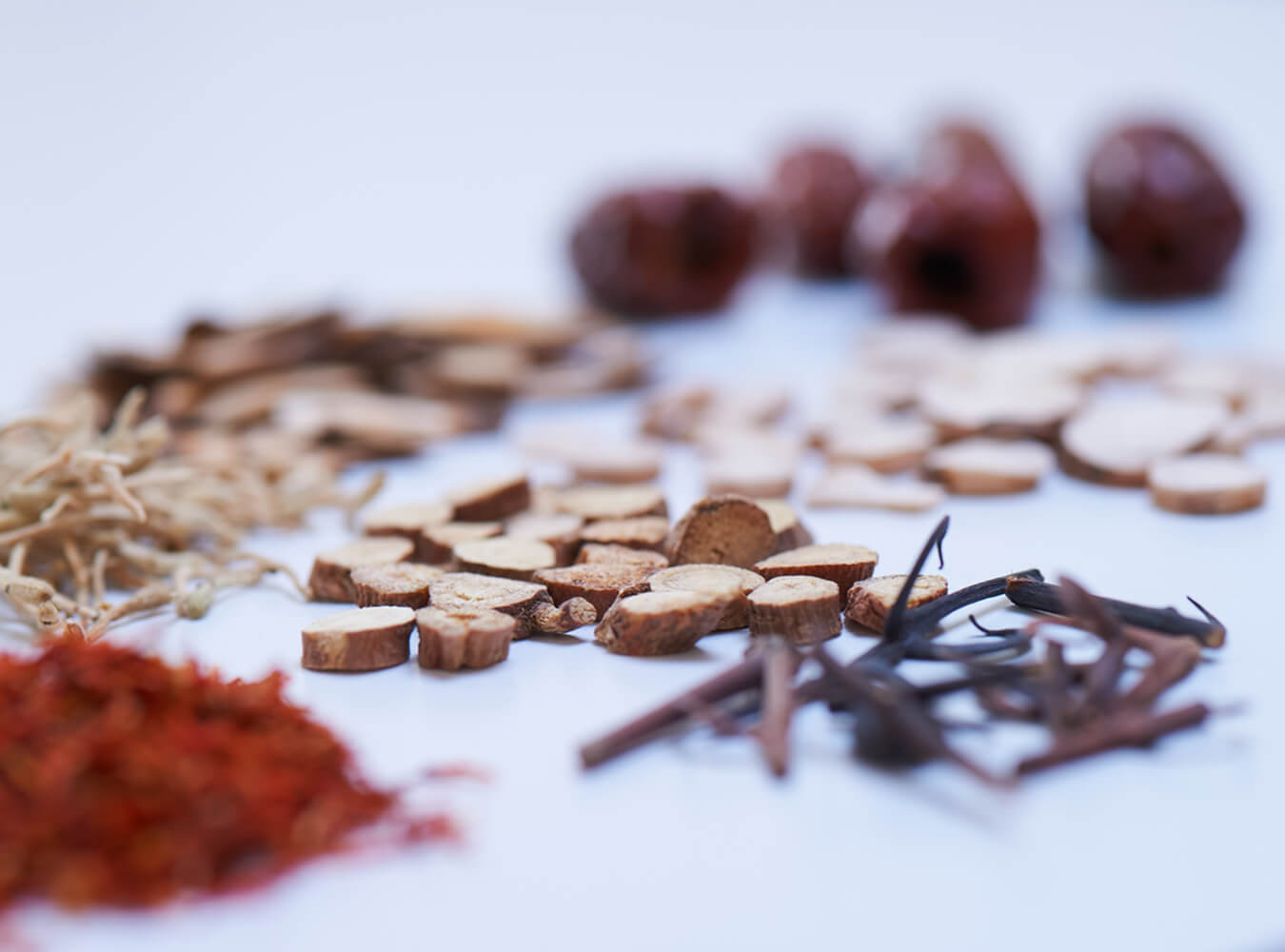
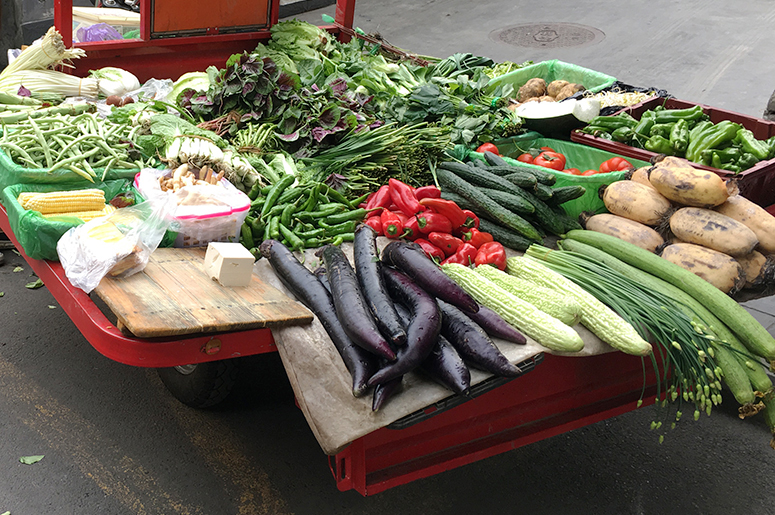
Nutrition (dietetics)
In China, the close connection between nutrition and health was seen very early on. At that time there was no exact distinction between food and medicines, but already in 200 AD, Shennong (“Divine Landlord”) produced a very differentiated list of the effects of individual foods.
In a famous quotation from the “Unintentional Questions” (Suwen) of the “Inner Classic of the Yellow Prince” (Huangdi Neijing, 1st century BC), chap.22 / 4, there is already a distinction between different food groups: “The five kinds of grain nourish, the five types of fruit serve the support, the five types of meat serve to increase and the five types of vegetables complete. ” The basis of a balanced meal in China is cooked corn (fan). The different cereals, v.a. Rice is the staple food of a Chinese meal. The porridge is supplemented to the dish (cai) by restrained addition of vegetables, fruits, meat and fish.
The TCM sees in dietetics an important contribution in the prevention of diseases, but also a significant therapeutic influence, it is called a “therapy over the middle”. The foods are described according to the same paradigms, namely temperature behavior, flavor, function circle reference and energetic effect as the drugs.
Tuina
The use of the Chinese massage therapy Tuina (tui – pushing and na – grasping) in paediatrics has a long tradition. Already in the “Inner Classic of the Yellow Emperor” (Huangdi Neijing, 230 BC), first indications of massage techniques in children can be found. During the Ming Dynasty (1368-1644 AD), the Tujin children established themselves as their own academic special discipline, and during the subsequent Qing Dynasty (1644-1911), there was an increasing prevalence of special pediatric techniques Tuina applications are held throughout China.
